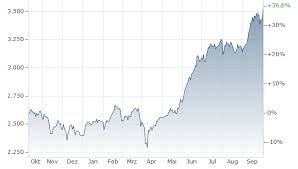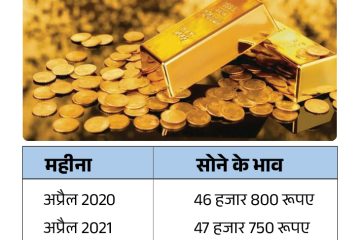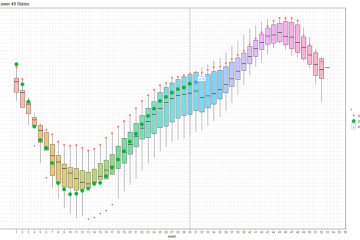Understanding KOSPI: The Heart of South Korea’s Stock Market

Introduction
The KOSPI (Korea Composite Stock Price Index) is a crucial barometer of South Korea’s economic health, tracking the performance of all common stocks listed on the Korea Exchange (KRX). As the main index of the South Korean market, it serves not only as an indicator for investors but also reflects the overall economic vitality of the country. With global investors increasingly focusing on Asian markets, the KOSPI’s movements are becoming more pivotal in shaping market sentiments worldwide.
Recent Developments in KOSPI
As of October 2023, the KOSPI has shown a resilient performance, largely buoyed by strong quarterly earnings reports from major firms, particularly in the semiconductor and tech sectors. This follows a slight dip in the preceding months attributed to global economic uncertainties, including inflationary pressures and geopolitical tensions.
Notable companies like Samsung Electronics and SK Hynix have reported better-than-expected earnings, which have contributed significantly to the index’s recent gains. According to analysts, foreign investors continue to show a keen interest in these stocks, leading to increased trading volumes in the KOSPI.
Furthermore, the Bank of Korea’s recent decision to maintain interest rates is also thought to have provided a stable backdrop for the stock market. As interest rates remain low, investors are more likely to seek out equities rather than fixed income investments, which has further stimulated KOSPI gains.
Global Context and Future Outlook
The health of the KOSPI is increasingly intertwined with global economic conditions, especially as South Korea is a key player in the technology and manufacturing sectors. Experts suggest that while the current trend appears positive, potential risks such as changes in U.S. monetary policy and ongoing tensions in the Asia-Pacific region could influence future performance.
Looking ahead, analysts are optimistic about KOSPI’s trajectory, projecting continued growth in the next quarter. However, they advise caution, encouraging investors to keep a keen eye on external variables that may cause volatility.
Conclusion
In summary, the KOSPI remains a vital performance indicator for South Korea’s economy and a focal point for global investors. Understanding its fluctuations provides significant insights into both regional and global market dynamics. As it adjusts to internal and external economic pressures, keeping informed about KOSPI’s developments is essential for making well-informed investment decisions.









